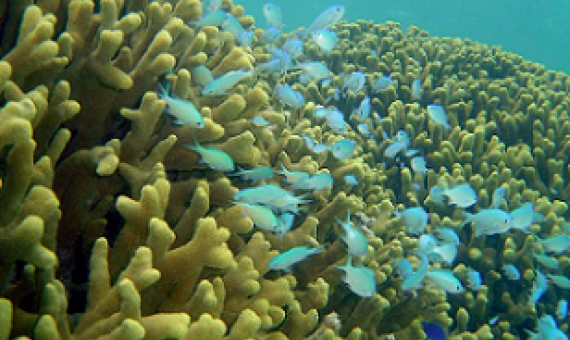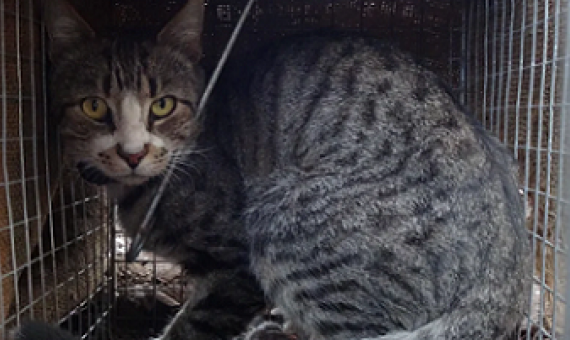The Farallon Islands of northern California are one of the world’s great biodiversity hotspots.
Thirty Years of Research on Crown-of-Thorns Starfish (1986–2016): Scientific Advances and Emerging Opportunities
Research on the coral-eating crown-of-thorns starfish (CoTS) has waxed and waned over the last few decades, mostly in response to population outbreaks at specific locations. This review considers advances in our understanding of the biology and ecology of CoTS based on the resurgence of research interest, which culminated in this current special issue on the Biology, Ecology and Management of Crown-of-Thorns Starfish. More specifically, this review considers progress in addressing 41 specific research questions posed in a seminal review by P.
It’s just over three years since the Predator Free 2050 goal was announced, with the aim of restoring New Zealand’s spectacular bird chorus. When he announced it, then Prime Minister John Key described it as “the most ambitious conservation project anywhere in the world”.It has also been lik
Invasive species coordinators and practitioners from around the Pacific have gathered at the Secretariat of the Pacific Regional Environment Programme (SPREP) in Apia, Samoa for a five-week Invasive Species Programme Management Course.
Midway is the world’s largest albatross colony and provides globally significant breeding grounds and migration stopover points for more than 3 million birds from nearly 30 different species.
The Trump administration is disbanding two federal advisory boards focused on protecting marine life and battling invasive species.
The US government has given more than $US5 million to fight invasive species in its overseas territories and states. The money will fund programmes that include exterminating the coconut rhinocerous beetle and invasive trees, as well as supporting coral farming.
How MPAs Safeguard the High Seas
The high seas begin 200 nautical miles from coastal shores, beyond the jurisdiction of any country. Their vast expanse and distance from shore pose challenges for exploration and knowledge gathering. However, scientific expeditions in recent years have revealed that these areas, which make up nearly two-thirds of the world’s ocean, harbor an incredible array of species that provide essential services for life on Earth.
How do you solve a problem like an invasion of feral cats? No, it’s not a scenario from a sci-fi dystopia but a real conundrum for scientists, authorities, and conservationists in Australia.
The New Zealand Department of Conservation (NZDOC) and the Secretariat of the Pacific Regional Environment Programme (SPREP) officially signed a Declaration of Intent which sees the NZDOC become the first partner of the Pacific Regional Invasive Species Management Support Service (PRISMSS).














